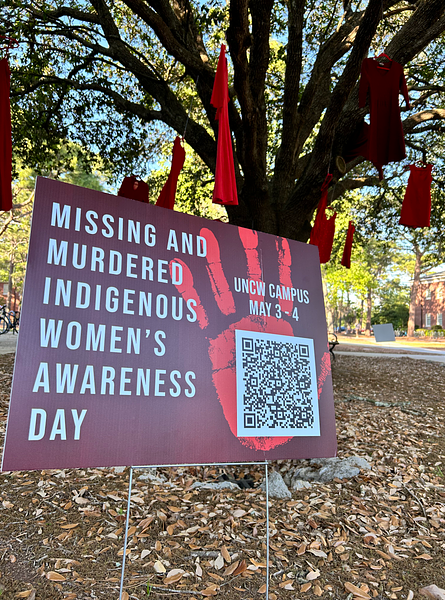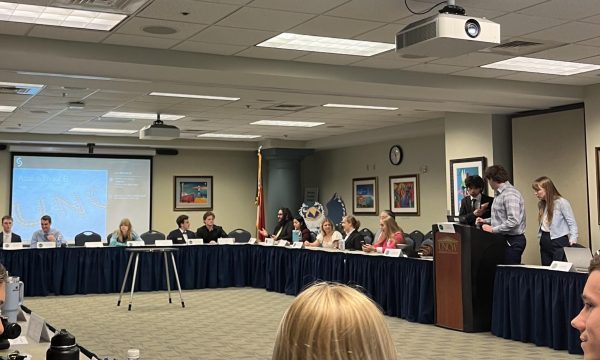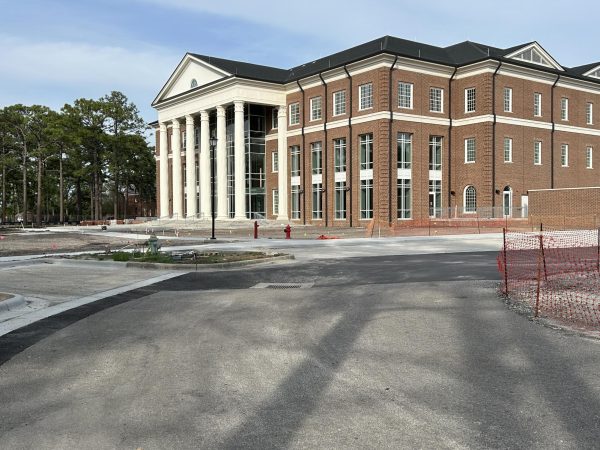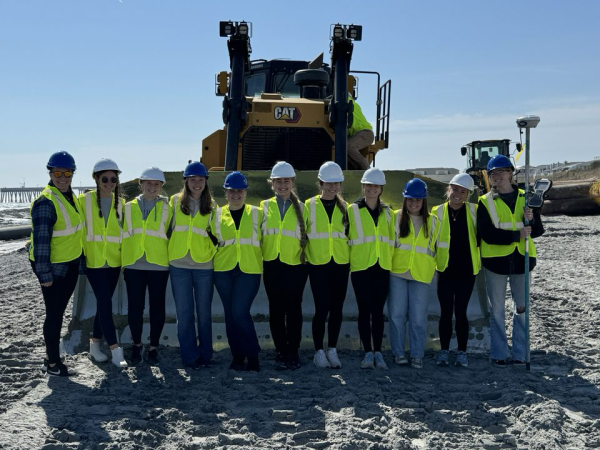Paul Hearty joins research team granted $4.25 million
January 15, 2015
UNCW professor Paul Hearty joined a team working to find new ways to understand climate change and the precarious future of our planet.
Hearty, an associate professor in the environmental science department at UNCW, is playing a vital role on a research team that is investigating Pliocene, a geological timescale, and attempting to create new methods of viewing and treating global warming today. Hearty and the four other researchers on the team were granted $4.25 million from the National Science Foundation so that they can effectively recreate a model of Earth during this specific time period. The National Science Foundation granted Hearty and the four other researchers on the team $4.25 million, so they can effectively recreate a model of Earth during the specific time period.
Hearty and his associates are primarily working on finding fossils from Australia and Africa to the East Coast of the United States. They are searching for shells, sediments, and rocks that date back to the Pliocene epoch. These geological deposits serve as evidence of the climate during this specific time period and give researchers insight into the both the Earth’s crust and ice caps.
He and his team have already found through these samples that sea-level during Pliocene was higher than the current level. Hearty says by collecting such data, “[we can] try to understand what the world was like during warmer periods” and thus better understand the current status of climate change on Earth today.
Hearty emphasizes he and his team are principally focusing on collecting and gathering data in order to better understand the past and what this information means for “tomorrow’s future”. Rather than making predictions about the changing climate or attempting to prove global warming is happening on Earth, Hearty is simply striving to “build a comprehensive model of the earth’s atmosphere, ocean and ice sheet systems”.
He and his colleagues are working to gather enough information to correctly and efficiently recreate this 3 million year old version of Earth.
“The upshot is that if we can understand basically how sea-level behaved in a natural system without humans intervening,” Hearty said, “we can get a better idea of what kind of changes we can expect in sea-level and ice sheets and ocean currents and all the other factors that are related to that in the future.”
Several UNCW Environmental Science majors expressed excitement surrounding this project, and it what it means for the issue of climate change, because it is difficult for this issue to gain attention and funding from foundations such as the National Science Foundation. Furthermore, Hearty’s connection to UNCW helps to encourage the green mentality the UNCW campus works to adapt.
Jimmy Morgenroth, an Environmental Science major at UNCW, is thrilled about the project and its potential impact.
“Dr. Hearty and his team is conducting research from a geological perspective…the data that they come up with can be extremely beneficial in understanding climate change in the past and what can be expected in the future,” Morgenroth said.














